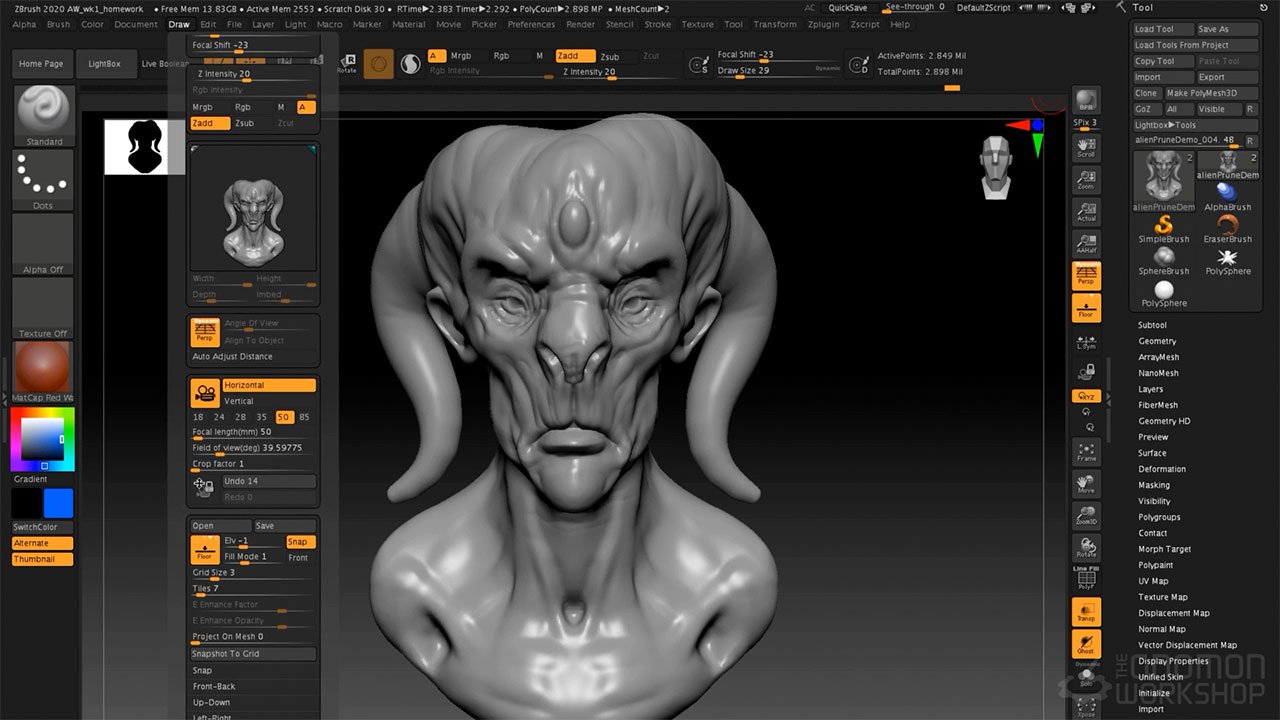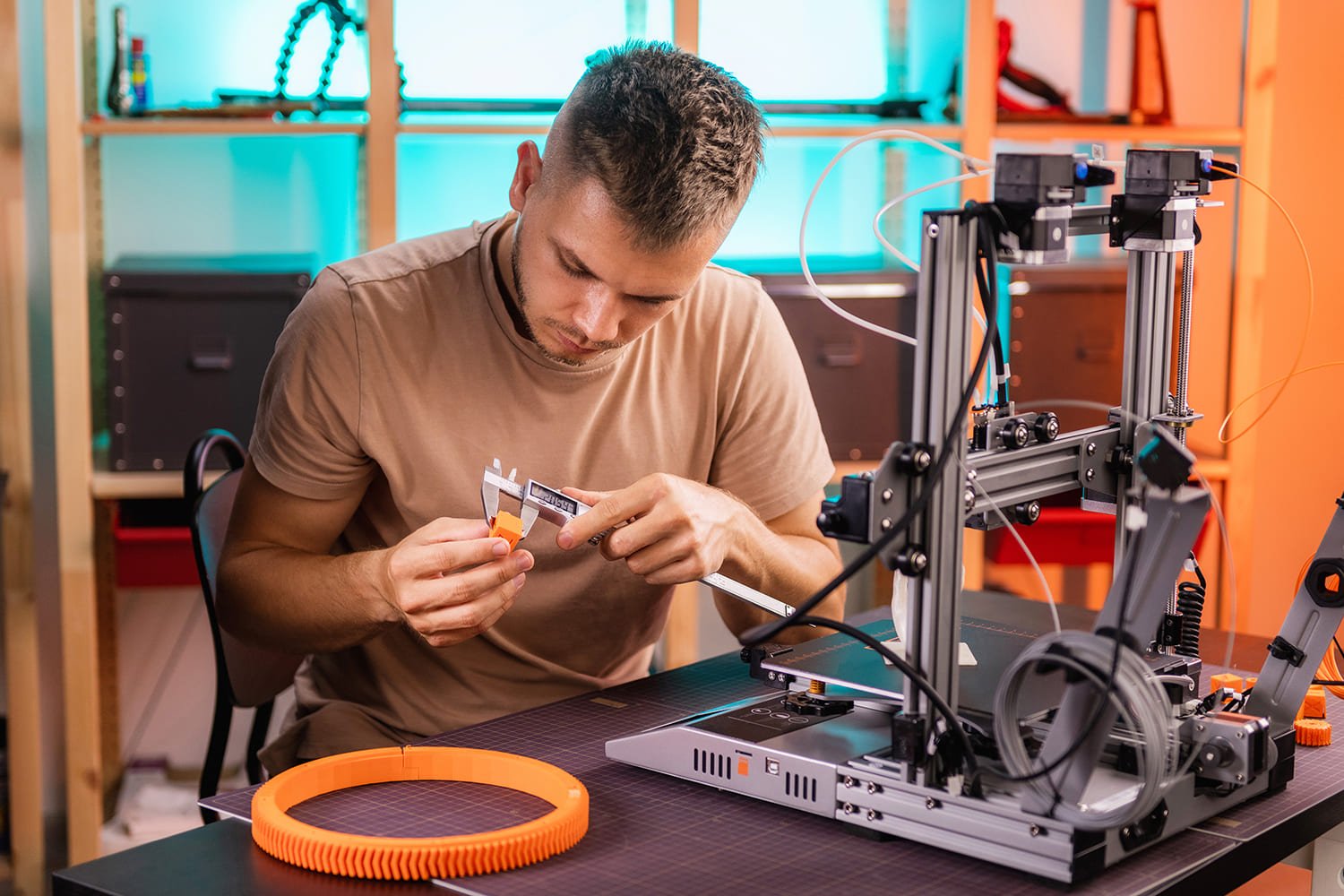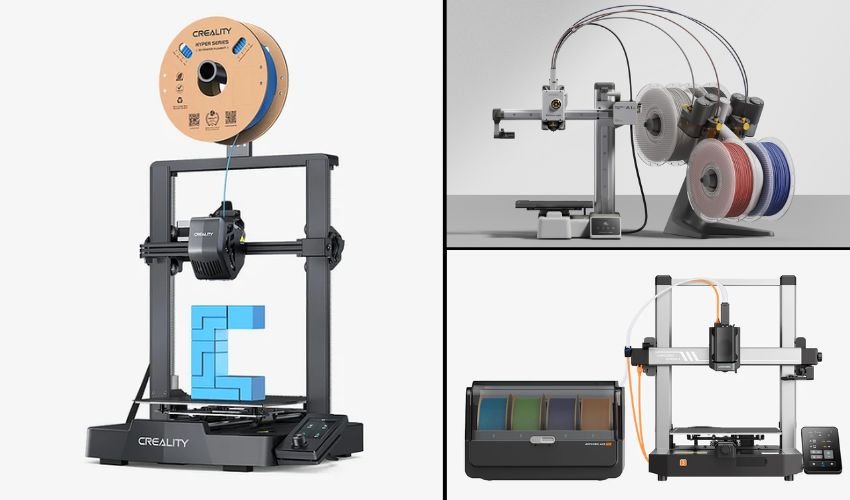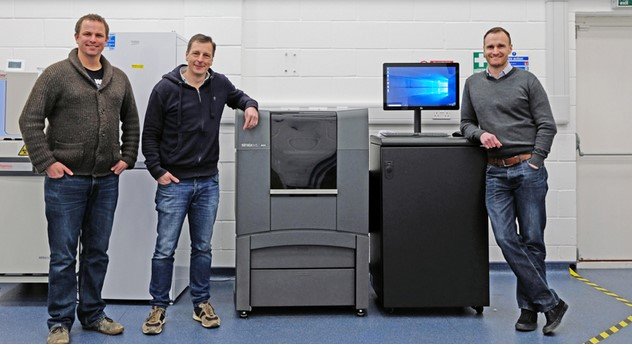Learning 3D design can be an exciting and creative journey. If you’re just starting, you may be wondering about the 3D design tools for beginners that can help you create stunning designs. Fortunately, there are many user-friendly tools available today that make it easy to dive into the world of 3D modelling. In this post, we’ll explore the best 3D design tools that can help beginners get started with 3D design, from basic models to more advanced projects.
1. Tinkercad: A Simple and Free Tool
One of the most popular 3D design tools for beginners is Tinkercad. This tool is perfect for those who are just starting their journey into 3D design. Tinkercad is free and web-based, meaning you don’t need to download any software. Its interface is simple and intuitive, allowing beginners to create 3D models easily.
Tinkercad’s drag-and-drop features make it easy to combine shapes and objects. You can design anything from small toys to architectural models. Plus, it provides a variety of tutorials to help beginners learn the basics of 3D design. This tool is great for those who want to try 3D printing their designs as well, as Tinkercad allows you to export your models in the correct file formats.
2. SketchUp: Great for 3D Modeling Projects
Another fantastic choice for 3D design tools for beginners is SketchUp. SketchUp is widely used for architectural and interior design, but it is also great for beginners who want to model anything from houses to furniture. It has a free version called SketchUp Free, which runs directly in your web browser.
With SketchUp, you can easily create 3D models using simple shapes. The tool is very user-friendly, offering a wide range of features to help beginners build designs quickly. Whether you want to design a room layout or create a simple building model, SketchUp allows you to work in 3D space without feeling overwhelmed. If you’re looking to expand your skills, SketchUp also offers a paid version with more advanced features.
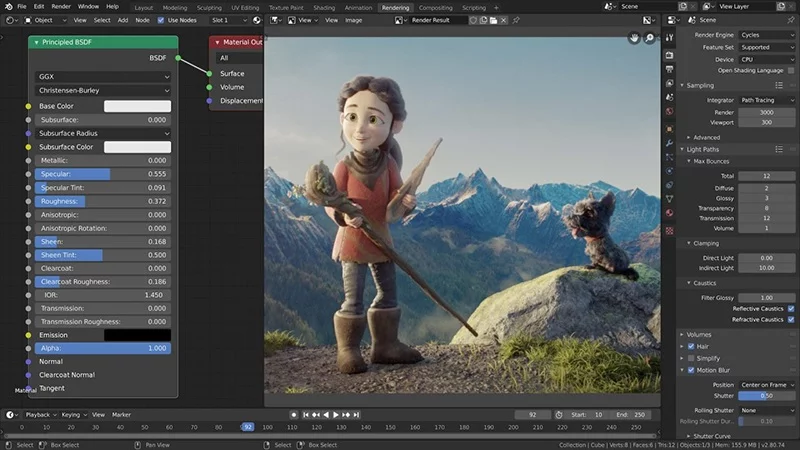
3. Blender: Powerful and Free for Beginners
If you’re ready to move beyond basic tools and explore more advanced features, Blender is one of the 3D design tools for beginners that can help you grow. Blender is a powerful and open-source software that offers a lot of features, from modeling and texturing to animation and rendering.
Blender can be a bit overwhelming at first due to its many options and settings, but there are plenty of tutorials available for beginners. With Blender, you can create 3D models for animations, games, and films. It’s highly flexible and can be used for everything from simple designs to complex 3D art. Plus, Blender is free, which makes it a great choice for anyone looking to dive deeper into 3D design without any cost.
4. Fusion 360: Ideal for Product Design
Another great option among 3D design tools for beginners is Fusion 360. This tool is particularly useful for product design, engineering, and mechanical design. Fusion 360 offers both cloud-based and desktop versions, giving you the flexibility to work from anywhere.
Fusion 360 stands out for its precision and ability to create complex designs. It also combines features from both 3D modeling and CAD (computer-aided design), making it perfect for those who want to create highly detailed 3D models for things like prototypes or mechanical parts. While it has a steeper learning curve than Tinkercad or SketchUp, Fusion 360 is still beginner-friendly, with many tutorials available to guide you through its features.
5. FreeCAD: Great for Beginners and Engineers
FreeCAD is another option for 3D design tools for beginners who are looking for more advanced design features. FreeCAD is open-source software, and it’s particularly useful for users interested in engineering, architecture, and product design. Its parametric design feature allows you to create precise 3D models based on measurements.
Even though FreeCAD is more technical than some beginner tools, it is highly customizable. It offers an easy-to-learn interface for users just getting started. If you’re planning on working with mechanical parts, architecture, or creating functional designs, FreeCAD provides a great starting point to build your skills.
6. 3D Slash: Easy and Fun for Beginners
3D Slash is one of the most fun and beginner-friendly 3D design tools for beginners available today. It allows you to create 3D models by “carving” shapes from a cube, much like sculpting in clay. This makes it a fun and interactive way for beginners to understand 3D design principles without being intimidated by complex tools.
The interface is very simple, and the learning curve is quite low. 3D Slash is perfect for those who want to quickly start creating models, whether for personal projects or 3D printing. It’s especially popular among young users and educators looking for a simple way to introduce 3D design to students.
7. AutoCAD: Professional Tool with a Beginner-Friendly Option
AutoCAD is widely recognized as one of the top design tools used by professionals, especially in architecture and engineering. However, it also offers a beginner-friendly version called AutoCAD LT, which includes many of the essential features at a lower cost.
AutoCAD allows users to create accurate and precise 2D and 3D models. While it may take some time to learn, AutoCAD is perfect for those who want to advance to professional-level design. Many tutorials are available to help beginners master AutoCAD, and once you’re comfortable with it, you can move on to more advanced features.
Conclusion
In conclusion, there are many 3D design tools for beginners that can help you get started with 3D modeling, whether you’re interested in architecture, product design, or just creating fun 3D art. Tools like Tinkercad, SketchUp, Blender, and Fusion 360 offer beginner-friendly features and plenty of resources to help you learn. As you gain more experience, you can explore more advanced programs like FreeCAD and AutoCAD.
The key to mastering 3D design is practice, so choose a tool that fits your needs and start creating. As you grow your skills, you can experiment with more advanced features and take on bigger projects. Happy designing!

